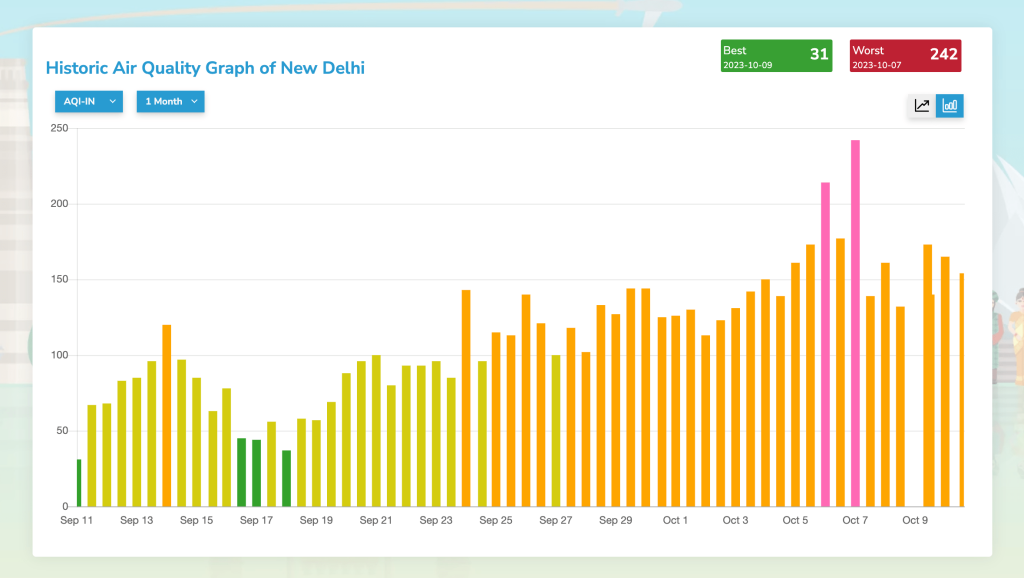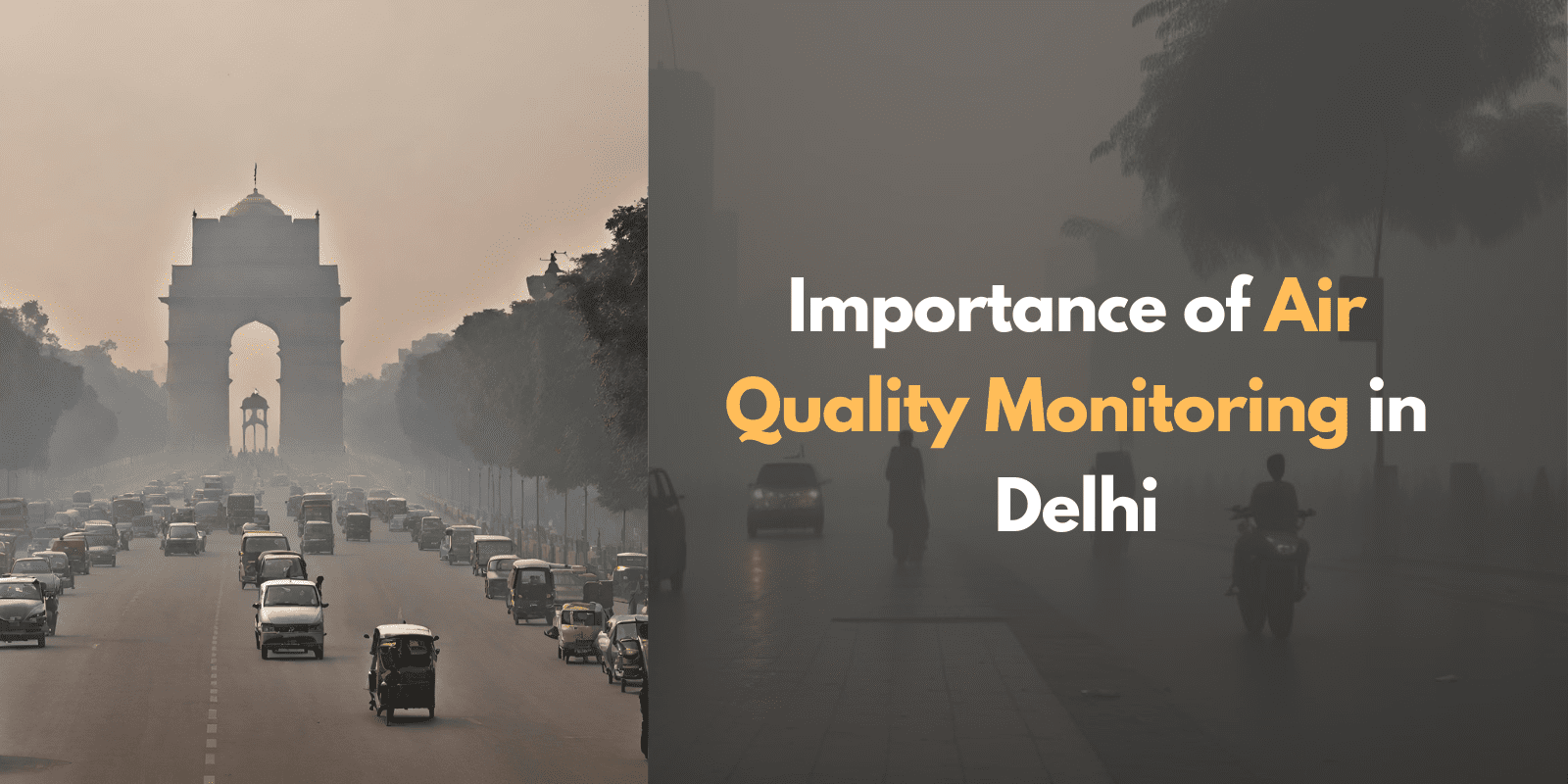New Delhi is one of the most polluted cities in the world. According to the World Air Quality Index, New Delhi’s air quality is considered to be “hazardous” for a significant portion of the year. This high level of air pollution has a serious impact on the health and well-being of the city’s residents.
Air quality monitoring is essential for understanding the extent of air pollution in New Delhi and for developing and implementing effective strategies to reduce it. Air quality monitors measure the levels of various pollutants in the air, such as particulate matter (PM), ozone, nitrogen dioxide, sulfur dioxide, and carbon monoxide.
Benefits of air quality monitoring in Delhi
- Track air quality trends over time: Air quality monitoring data can be used to track changes in air quality over time, which can help to identify areas where air pollution is improving or worsening.
- Identify sources of air pollution: Air quality monitoring data can be used to identify the major sources of air pollution in New Delhi, such as vehicle emissions, industrial emissions, and dust from construction sites. This information can be used to develop targeted strategies to reduce air pollution from these sources.
- Forewarn the public about poor air quality: Air quality monitoring data can be used to forewarn the public about periods of poor air quality. This allows people to take steps to protect their health, such as avoiding outdoor activities or wearing a mask when going outside.
- Evaluate the effectiveness of air quality management strategies: Air quality monitoring data can be used to evaluate the effectiveness of air quality management strategies that have been implemented. This information can be used to improve the design and implementation of future air quality management strategies.

In addition to these benefits, air quality monitoring is also important for the following reasons:
- Public health: Air pollution is a major public health hazard, and exposure to air pollution can lead to a variety of health problems, including respiratory infections, heart disease, and cancer. Air quality monitoring helps to protect public health by providing information on air quality conditions that people can use to make informed decisions about their health.
- Environment: Air pollution can also have a negative impact on the environment, damaging plants and animals and contributing to climate change. Air quality monitoring helps to protect the environment by providing information on air pollution levels that can be used to develop and implement strategies to reduce air pollution.
- Economic development: Air pollution can also have a negative impact on the economy, reducing productivity and increasing healthcare costs. Air quality monitoring helps to promote economic development by providing information on air quality conditions that can be used to develop and implement strategies to reduce air pollution.

Overall, air quality monitoring is essential for protecting public health, the environment, and the economy of New Delhi. By providing information on air quality conditions, air quality monitoring can help people to make informed decisions about their health, businesses to reduce their emissions, and the government to develop and implement effective air quality management strategies.
Here are some specific examples of how air quality monitoring data is being used in New Delhi:
- Delhi Pollution Control Committee (DPCC) uses air quality monitoring data to issue air quality alerts to the public. These alerts warn people about periods of poor air quality and provide advice on how to protect their health.
- DPCC is also using air quality monitoring data to develop and implement air quality management strategies, such as the Graded Response Action Plan (GRAP). GRAP is a set of measures that are implemented in response to different levels of air pollution.
- Researchers are using air quality monitoring data to study the health effects of air pollution and to develop new technologies to reduce air pollution.
Air quality monitoring is a vital tool for protecting the health and well-being of the people of New Delhi. By providing information on air quality conditions, air quality monitoring can help to make the city’s air cleaner and healthier for everyone.




